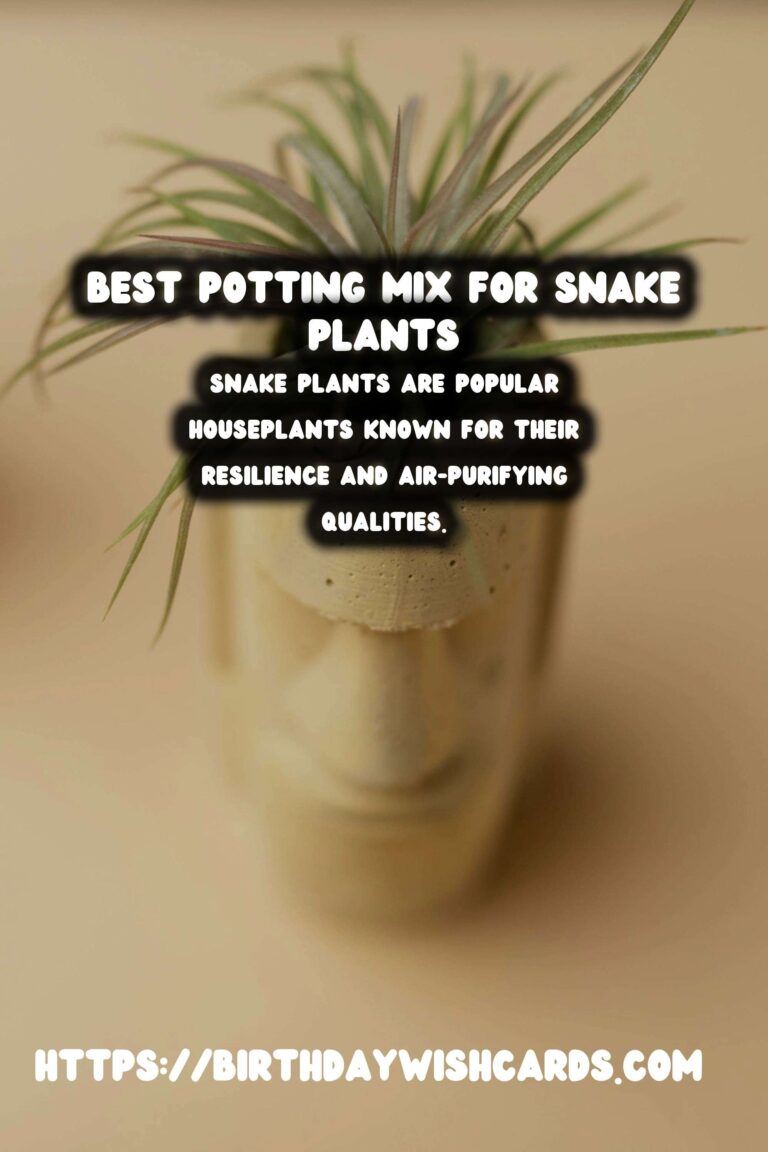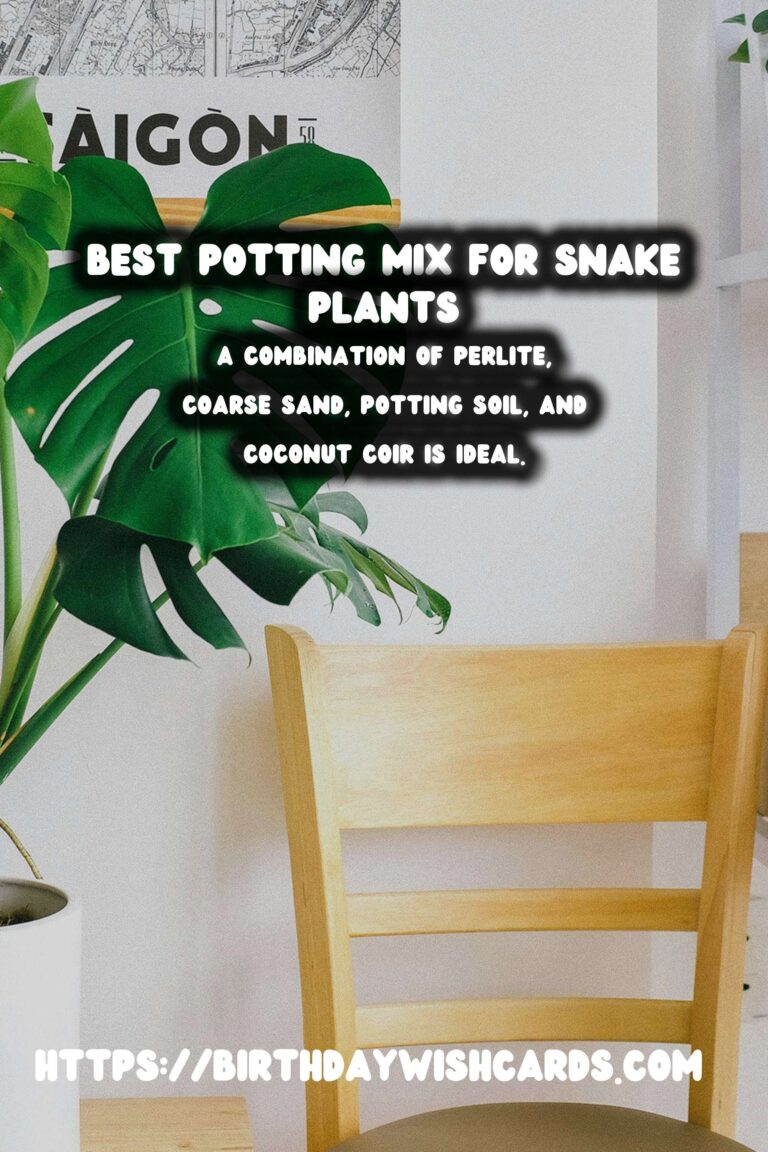
Snake plants, also known as Sansevieria or mother-in-law’s tongue, are popular houseplants known for their resilience and air-purifying qualities. However, to ensure they thrive, selecting the right potting mix is essential. In this guide, we’ll explore the best potting mix options for snake plants and provide tips to keep them healthy and vibrant.
Understanding Snake Plant Needs
Before choosing a potting mix, it’s crucial to understand the natural environment of snake plants. These plants are native to arid regions and have adapted to thrive in well-draining soil with minimal water retention. This adaptation means they require potting mixes that mimic their natural habitat to prevent issues like root rot.
Components of the Best Potting Mix for Snake Plants
A well-draining potting mix is key to the health of your snake plant. Here are the essential components:
1. Perlite
Perlite is a volcanic glass that improves aeration and drainage in potting mixes. It helps prevent soil compaction, ensuring the roots have the oxygen they need.
2. Coarse Sand
Adding coarse sand to your potting mix improves drainage and mimics the sandy soils of snake plants’ native environments.
3. Potting Soil
While regular potting soil can retain too much water for snake plants, using it in combination with other well-draining components helps maintain a balance of moisture and aeration.
4. Coconut Coir or Peat Moss
These materials help retain some moisture without becoming waterlogged, allowing snake plants to access the water they need without risk of root rot.
DIY Potting Mix Recipe
Creating your own potting mix for snake plants is simple. Here’s a basic recipe:
- 1 part perlite
- 1 part coarse sand
- 1 part potting soil
- ½ part coconut coir or peat moss
Mix these components thoroughly to ensure even distribution.
Alternative Potting Mix Options
If you prefer to purchase a pre-made potting mix, look for cactus or succulent mixes that are designed for excellent drainage. These can be found at most garden centers and are often suitable for snake plants.
Repotting Your Snake Plant
Snake plants prefer to be slightly root-bound, so repotting should only be done every 2-3 years. When repotting, choose a pot that is only slightly larger than the current one to prevent water from sitting in the soil.
Additional Care Tips
In addition to the right potting mix, snake plants benefit from indirect sunlight and infrequent watering. During the growing season, water when the top inch of soil is dry, and reduce watering in the winter months.
By providing the right potting mix and care, your snake plant can thrive and enhance your indoor space with its striking foliage.
Snake plants are popular houseplants known for their resilience and air-purifying qualities. Selecting the right potting mix is essential for their optimal growth. Snake plants require a well-draining potting mix to prevent root rot. A combination of perlite, coarse sand, potting soil, and coconut coir is ideal. Repotting should be done every 2-3 years when the plant becomes root-bound.
#SnakePlants #GardeningTips #Houseplants #PottingMix #PlantCare

